Abstract:
Life expectancy in recent years has sensibly increased, and age-related problems in elderly people have followed a similar trend. Being able to find innovative solutions to enable the senior population to maintain their quality of life despite the presence of chronic illnesses has become crucial for high-quality ageing. The opportunities offered by the technological advancement with remote assistance applications, wearable devices, and Artificial Intelligence of Things (AIoT) architectures are of paramount importance to improving the services in healthcare facilities by adding the power of Artificial Intelligence to Internet of Things devices.
An experimental framework has been deployed to two residential homes in collaboration with two Italian companies to collect and analyze data in order to actively monitor the vital signs of their guests, predict critical situations, and identify significant clusters or communities.
Introduction:
In developed countries, average life expectancy has sensibly increased in the last few years thanks to improved healthcare services, active prevention of diseases and pathologies, and the availability of new drugs. The result of these combined factors is the increase in geriatric population, which consequently affects the spreading of a whole group of diseases that are directly related to ageing. As reported in, the extension of life span has led to an exponential growth of the elderly population who suffer from chronic or degenerative diseases that require life-long treatment that, at the time being, can be effectively supported by innovative smart devices and technologies. In fact, new portable or wearable devices which integrate disparate monitoring sensors are nowadays available for everyone at low cost, making it possible to constantly assess patients’ health status through a Health Monitoring System (HMS) that not only limits hospitalization and medical staff intervention but also cuts the waiting lists, improving consultation effectiveness while reducing the overall healthcare expenditure When the HMS makes use of smart devices to record and track patients’ status it is termed Smart Health Monitoring System (SHMS) and can be general purpose (GHMS) when multiple generic vital signs are recorded or Remote (RHMS) if data are collected at a remote location and transferred to healthcare facilities for medical follow-up analysis. Another non-negligible benefit comes from the availability of mobile devices that can provide reliable network connections and computational power to perform data collection and timely onsite preliminary analysis via direct interaction with the medical staff. The advent of IoT devices is fostering the availability of new assets for the development of a brand new personalized care that can improve the quality of life for elderly people. The rest of the document is organized as follows: section 2 presents the state of the art on HMSs; in section 3 the IoT architecture of our data collection system is detailed while section 4 discusses the findings related to data analysis. Finally, section 5 reports closing remarks and future extensions of this work.
Keywords:
Remote assistance, Healthcare, Artificial-Intelligence, Internet of things, Smart devices.
